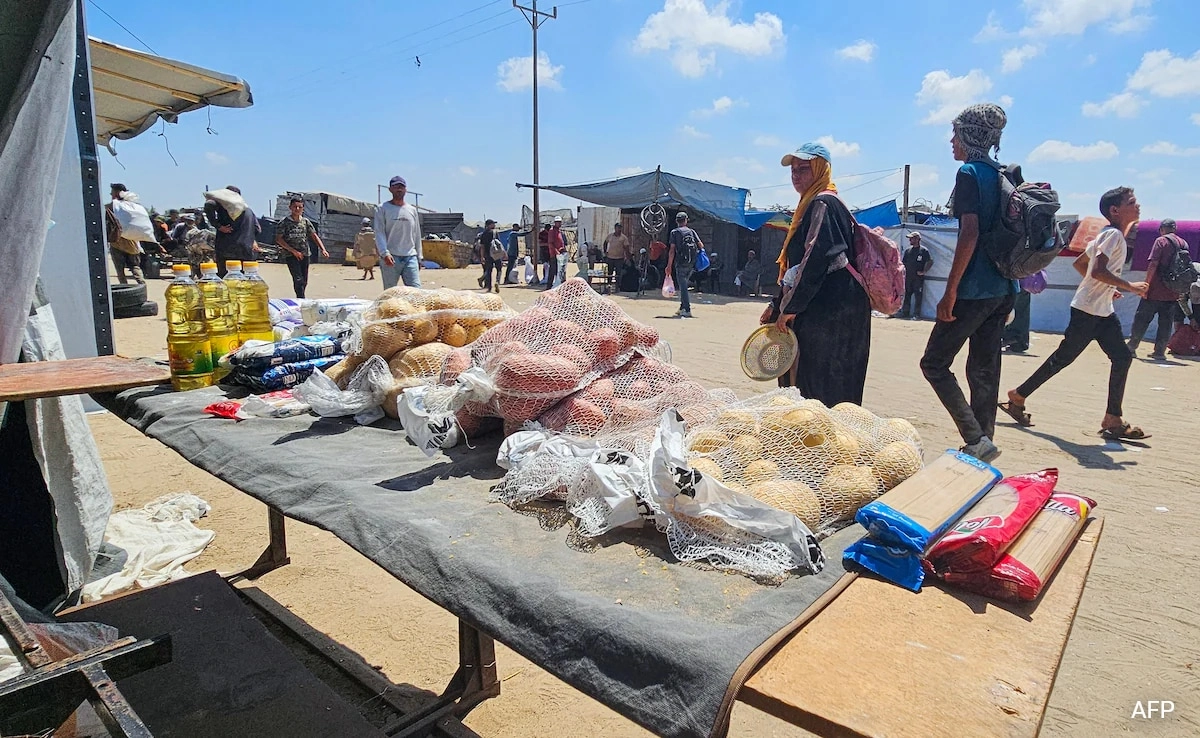The United States has announced plans to withdraw approximately 1,000 troops from Syria, marking a significant shift in its military presence in the region. This decision comes amidst ongoing discussions about the future of U.S. involvement in the Middle East, particularly in the context of combating the remnants of the Islamic State and addressing broader geopolitical dynamics. The withdrawal is expected to be executed in a phased manner, allowing for a careful assessment of the security situation on the ground and ensuring that the gains achieved against ISIS are not jeopardized.
The decision to reduce troop levels reflects a broader strategy by the Biden administration to recalibrate U.S. military commitments overseas. Officials have emphasized the importance of transitioning to a model that relies more on diplomatic efforts and partnerships with local forces, rather than maintaining a large, conventional military footprint. This approach aims to empower regional allies and foster stability while reducing the risks associated with prolonged military engagement. However, the move has sparked concerns among some lawmakers and military experts, who worry about the potential resurgence of extremist groups in the absence of U.S. forces.
As the withdrawal unfolds, the U.S. will continue to support the Syrian Democratic Forces (SDF), a key partner in the fight against ISIS. The SDF, predominantly composed of Kurdish fighters, has played a crucial role in dismantling the terror group’s territorial control in northern Syria. Nonetheless, the dynamics in the region remain complex, with various actors vying for influence. The U.S. must navigate these challenges carefully, balancing its strategic interests with the need to ensure that local forces are adequately equipped and supported to maintain security and stability.
In the broader context of U.S.-Middle East relations, this troop withdrawal could have significant implications. It may affect the delicate balance of power among regional players, including Turkey, Iran, and Russia, who have vested interests in Syria’s future. The U.S. withdrawal may embolden some of these actors, potentially leading to increased tensions and conflict in the already volatile region. As the situation evolves, the U.S. will need to remain vigilant and adaptable, ensuring that its policies align with its long-term goals of promoting peace and security in the Middle East while protecting American interests abroad.




